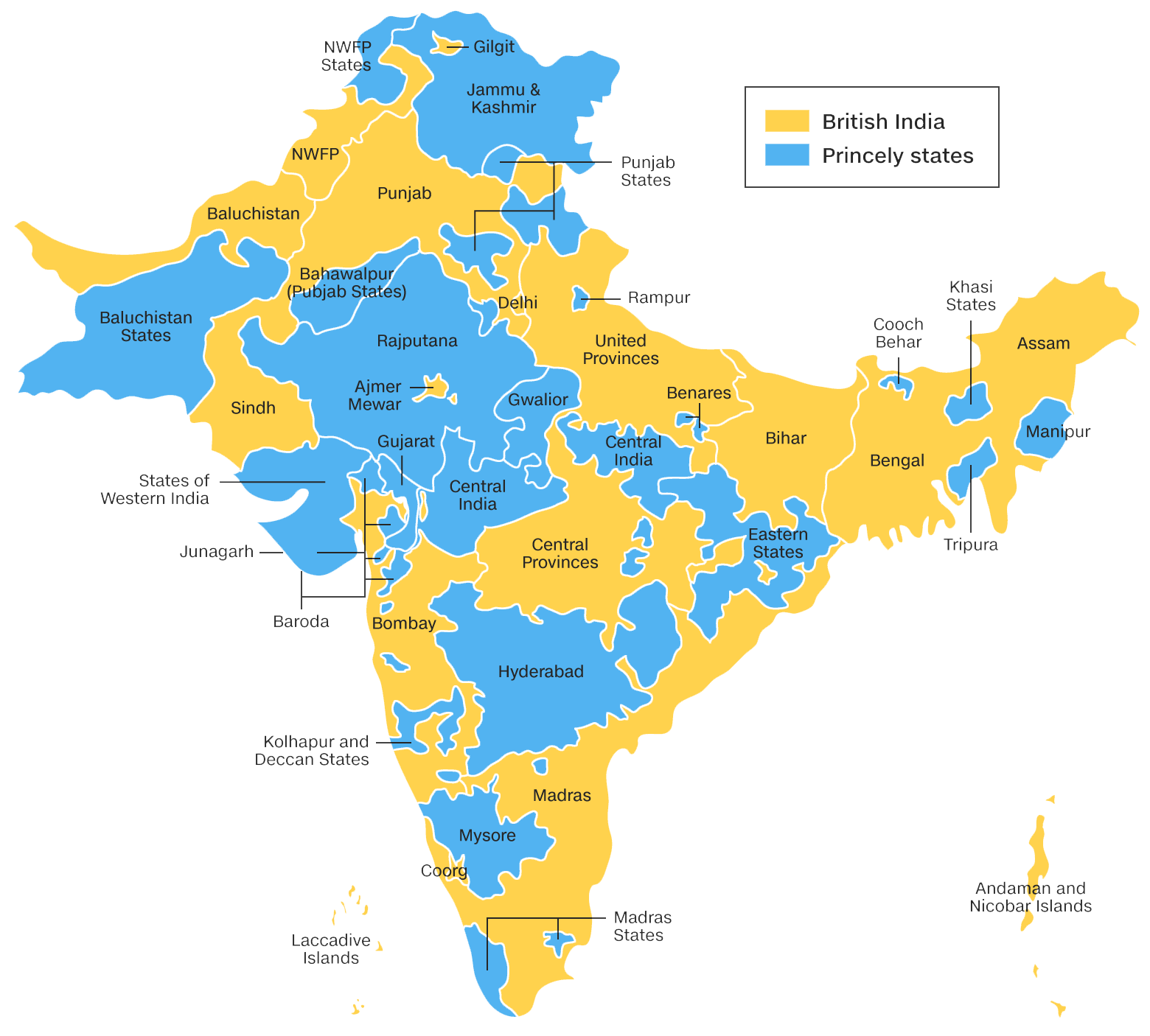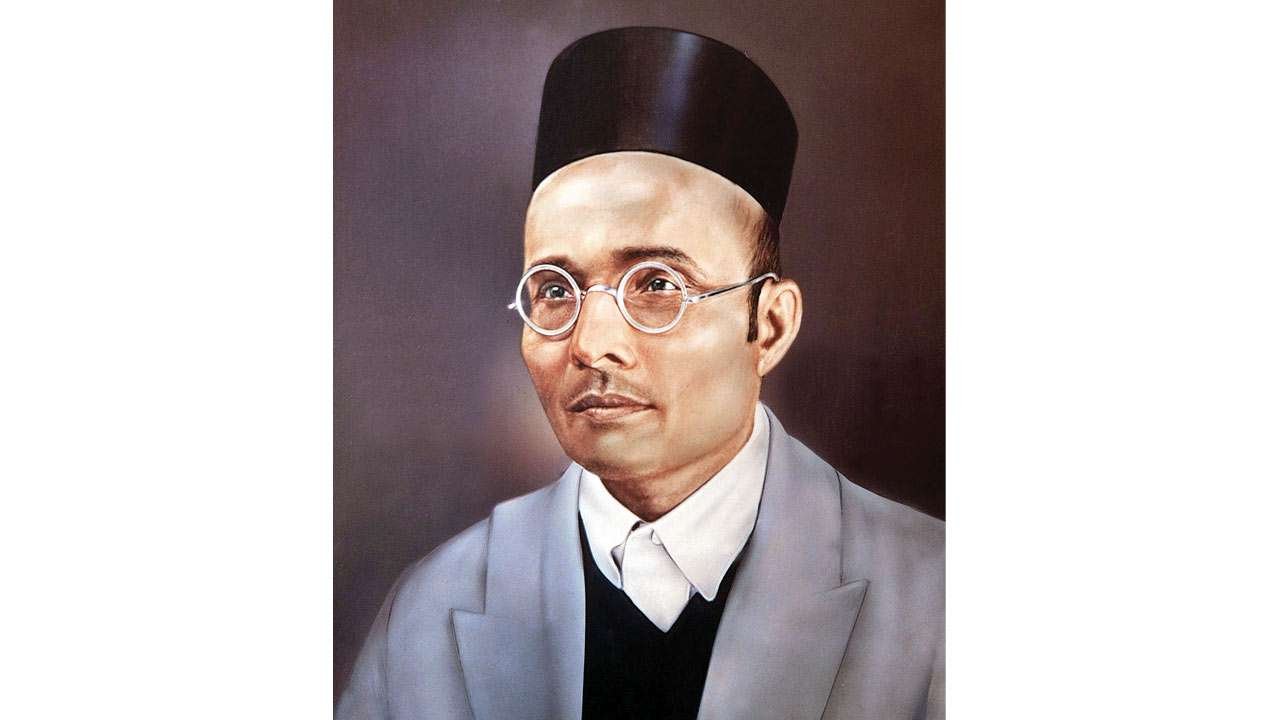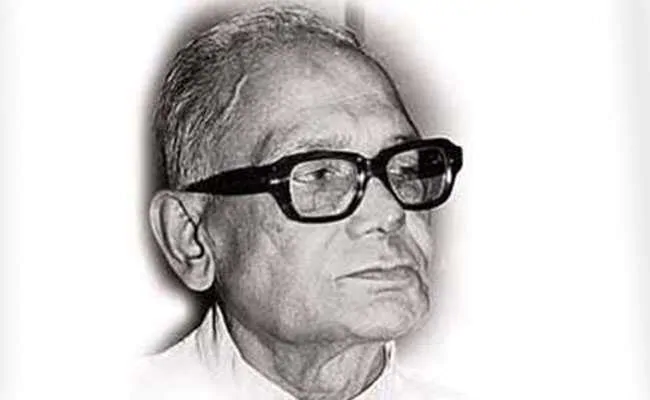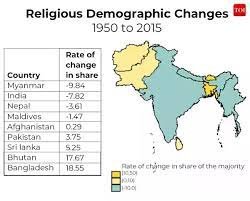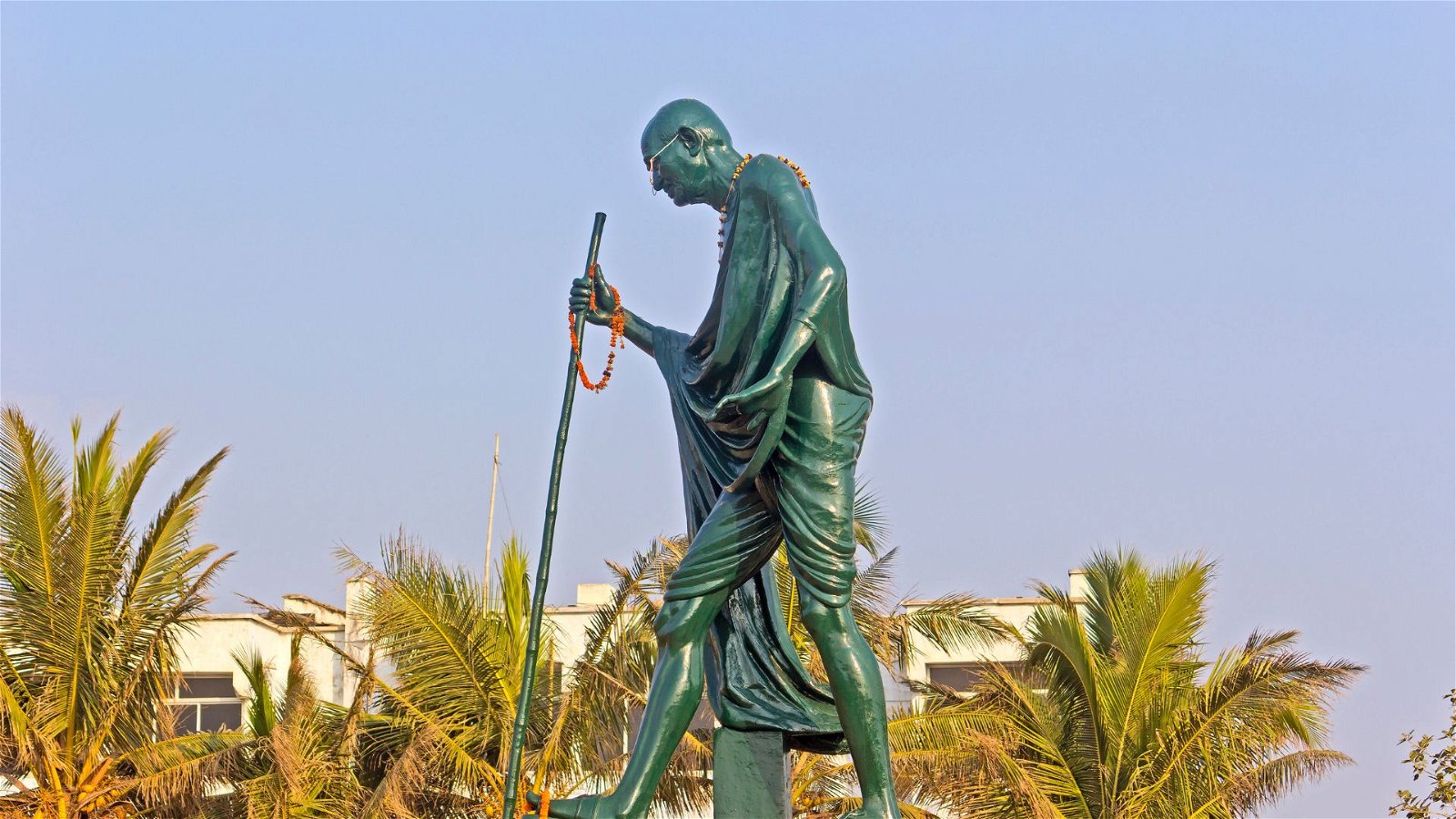
Alwar Peasant Movement & Neemuchana Massacre
Subscribers of "Current Affairs" course can Download Daily Current Affairs in PDF/DOC
Subscribe to Never Miss an Important Update! Assured Discounts on New Products!
Must Join PMF IAS Telegram Channel & PMF IAS History Telegram Channel
- Context (TH): 100 years of the Alwar peasant movement and the Neemuchana massacre.
Social fabric of Alwar State: Relation between Court and the Rajputs
- The princely state of Alwar in Rajasthan came into existence shortly before the arrival of the British.
- Rajput states like Alwar followed a system that fell between absolute monarchy and republic. In this system, the monarch and his fellow clan retainers shared a symbiotic relationship.
- The monarch was accountable to the clan retainers (were farmer-soldiers), on whose military labour he always depended. The clan brothers, who acted as soldiers, often kept a check on the absolute powers of the monarch.
- In Alwar, the number of Rajput jagirdars was not much, and the jagirs were also small.
- The majority of the land holdings (almost 80% as per estimates) were in what was termed the “Khalsa”, which was cultivated by peasants called Biswedars.
- Most of the Biswedars were Rajputs who were granted Biswedari by the Alwar court in return for their military service. However, the Biswedars were not granted permanent ownership of their lands and they could be easily evicted for the non-payment of taxes.
Background of the movement
- After coming under the British, British agents moulded the culture and administrative system of the Rajput states along the lines of the European aristocracy, ending the court’s dependence on the common Rajput jagirdars and Biswedars.
- Further, in the new land settlement policy of 1923–24, the Alwar state confiscated the Biswedari rights of Rajput farmers and raised tax rates to 50%. However, the court reserved the right to force the Rajputs for compulsory military service.
- Additionally, concessions were granted to other non-martial castes, especially Brahmins, without the Alwar court extracting any notable service from them.
- The policy led to resentment among the Rajput farmers and Biswedars of Thanagaji and Bansur tehsil unitedly decided not to pay tax at the new rates and to agitate against it.
- The court confiscated the crops of those Biswedars who did not pay the exorbitant taxes, which the Rajputs got rid of by force.
- The Rajputs, thus, started collecting swords, spears, guns, etc., to fight the injustice done to them.
- Several meetings under the leadership of Govind Singh and Madho Singh were held under the aegis of Akhil Bhartiya Kshatriya Mahasabha.
Course of the movement
- The main center of the movement was Neemuchana village.
- On 13 May 1925, the Alwar state army surrounded the Neemuchana village from all sides and asked the agitating Rajput farmers to end the movement.
- On the morning of May 14, the army closed all the roads and started firing indiscriminately with machine guns on the village without any warning. They burnt the village to ashes.
- According to the official government records, 156 died, while the non-official figures have claimed a horrific death toll of 1500 innocent people.
Consequences
- The Alwar court was forced to withdraw its decision and had to pay compensation to the families of the deceased.
- Mahatma Gandhi described this massacre as ‘more vicious than Jallianwala Bagh’ incident and termed it a dual dictatorship.







![PMF IAS Environment for UPSC 2022-23 [paperback] PMF IAS [Nov 30, 2021]…](http://pmfias.b-cdn.net/wp-content/uploads/2024/04/pmfiasenvironmentforupsc2022-23paperbackpmfiasnov302021.jpg)


